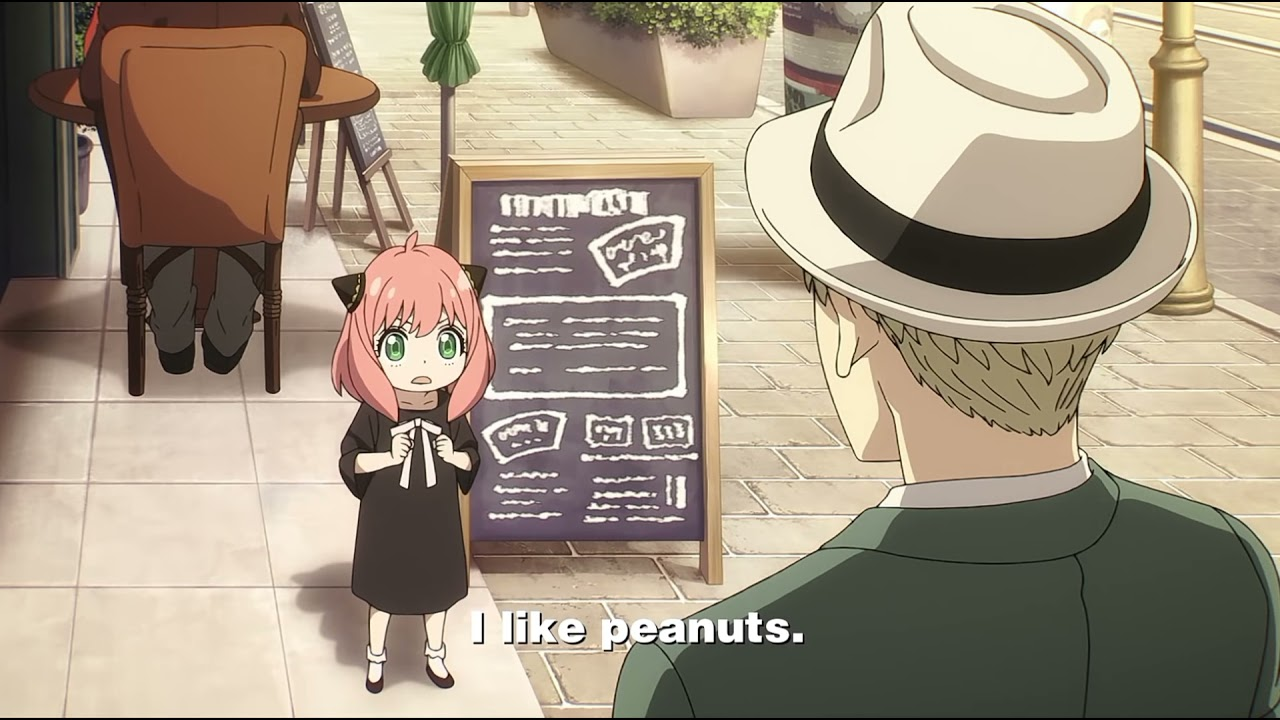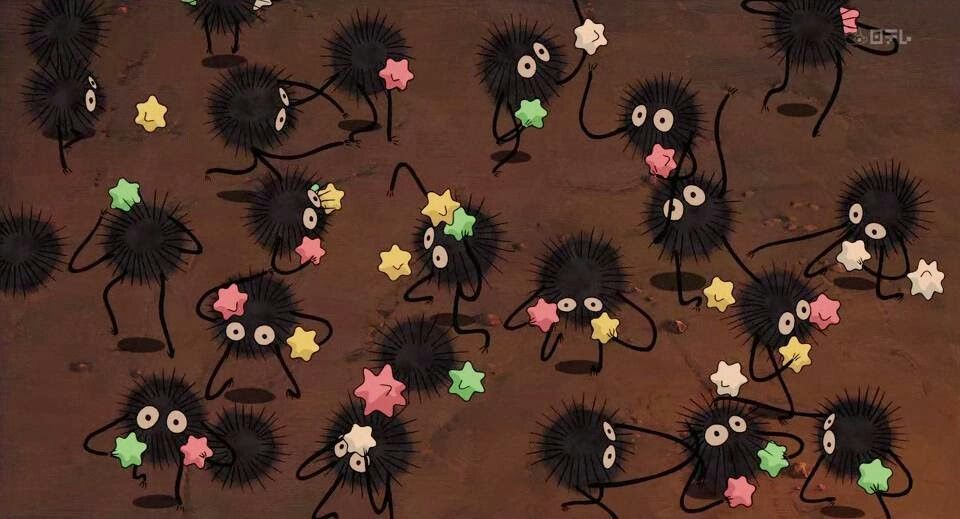That’s actually a pretty good representation.
I think this graphic should be used on all CS courses from now on
H-how did this meme clear up a confusion I have with ** pointers after all these years?
They’re just pointer pointers!
Dang, that is so cool C can do that.
pointer pointers
wait until you learn about template templates in C++
Are the templates in the room with us right now?
I know a guy who knows a guy who knows a guy
If you’ve never seen this before, I think it’s transformative to how you read C/C++ declarations and clearer up a lot of confusion for me when I was learning.
Yeah, and I’m pointing to your pointer pointer and I’m a pointer pointer pointer. Or more accurately but less funny is that I’m pointing to your pointer-to-pointer and I’m a pointer-to-pointer-to-pointer.
I’m a simple man. I see Anya, I upvote.
here, have a peanut 🥜
I love peanuts!

Damn, OP’s on point tonight
No, he is on a pointer to a pointer to a point tonight
int** int* interesting
Wait we can have pointers to other pointers? Wouldn’t that be redundant?
In CUDA, the corresponding
malloccannot return the pointer to the allocated memory as runtime CUDA functions all return error codes instead. So the only way to “return” the pointer then without a return statement is to have a pointer given to that function by address, which means that you’ll have a pointer-to-pointer among its arguments.Man, this is the type of interaction I used to love on Reddit, but haven’t seen in ages.
So it’s sort of like “proxying” through pointers to enforce memory isolation?
I’m not entirely sure what you mean by memory isolation here, but the basic idea is that if you have a pointer to something then you know where it is located in memory and you can write in it, that’s the whole idea of passing by address in C.
Now pointers themselves are merely variables. Yes they have a special meaning, they “point” to something and you can dereference them with the
*operator, but at the end of the day they’re still variables. They have a physical existence in memory or CPU registers, and their content is simply the address to which you want to point. Once you accept this, then the idea of the address of a pointer (ie the location of the variable you’re calling “pointer”, and not the address it contains) is not strange anymore and you can perfectly have a pointer-to-pointer in order to, among other things, pass pointers by address.that’s the whole idea of passing by address in C
Wait stop, so in other languages like C#, when you pass a variable into a function “by reference” is that just passing the pointer to the variable?
Have I been baited into using pointers my whole life?
Yes passing “by reference” is essentially the same as “by pointer” but with some syntactical sugar to make it easier to work with.
In C# it is different.
In C if I give you a pointer to a memory address, you can totally overwrite what is in that memory address, even write a new struct in there. So you’re getting a “real” writable memory address. You could even write a different type of structs and break the program. You could tweak specific bytes.
In languages like Java or C# you aren’t given a reference to the memory address but a reference to the object. You can only write to the object using it’s own interface (methods) but you can’t say “I’m going to totally overwrite this memory address with a new object”.
If you receive an object in a parameter, let’s say a “Person person” object and you do something like “person = new Person();” you didn’t really overwrite the memory address. The original person reference that was passed in the parameter is still intact. You can only modify it with something like “person.setName(…)”.
So, with real pointers you can do more stuff, but higher level languages don’t want you to do that because it breaks some of their principles for what “good programming” is. In this case they are protecting encapsulation. You shouldn’t be able to mess around with the memory contents of objects directly, only through their interfaces. Encapsulation is safer because objects should expose how to operate them safely via their interfaces.
I guess this is beating a dead horse but you can have pointers to pointers for 2D arrays.
The first pointer tells you which coulm you’re on. The second pointer tells you which is the first object of each column. That way you can iterate the columns without loosing a reference to the current column you’re standing on.
char**So that you can have an array of strings. It’s useful to remember that in C arrays and pointers are exactly the same thing, just syntax sugar for however you want to look at it. There are a few exceptions where this isn’t true however:
- Argument of the
&operator - Argument of
sizeof - C11 has
alignofwhich decay is a no-no - When it’s a string literal of
char[]or wide literal ofwchar_t[], so likechar str[] = "yo mama";
But
int**is just an array ofint*, which likewiseint*can just be an array ofint. In the picture here, we haveint** anyathat is an array ofint*with a size of 1,int* anyathat is an array ofintwith a size of 1, and then of course ourintthere being pointed to byint* anya.- Argument of the
Quick example in straight C would be a cell in a matrix. The first pointer points to the row and the second pointer points to the cell in that row. This is am over simplification.
Why would it be redundant? You can’t even get past the main function before dealing with a char**
Not at all. In the picture above, the girl would be saying: “She knows where it is.” This concept is used often in real life and in programming.
Here’s a true example from my collections library:
This one uses a bit safer reference to a pointer:
Basically it allows me to modify a pointer easily.
This is why I follow communiities like this: I can learn a lot by just reading the comments on a meme. Amazing.
Now someone augment it to show what happens when we dereference the pointer.
Even better derefencing a pointer that isn’t pointing at anything









